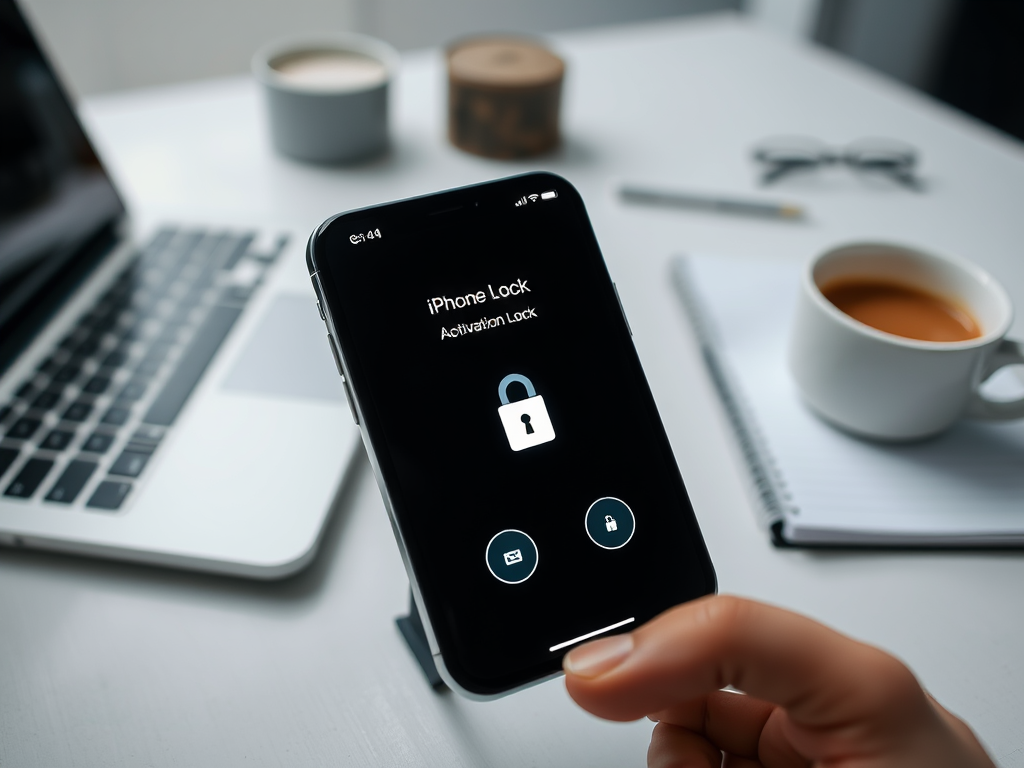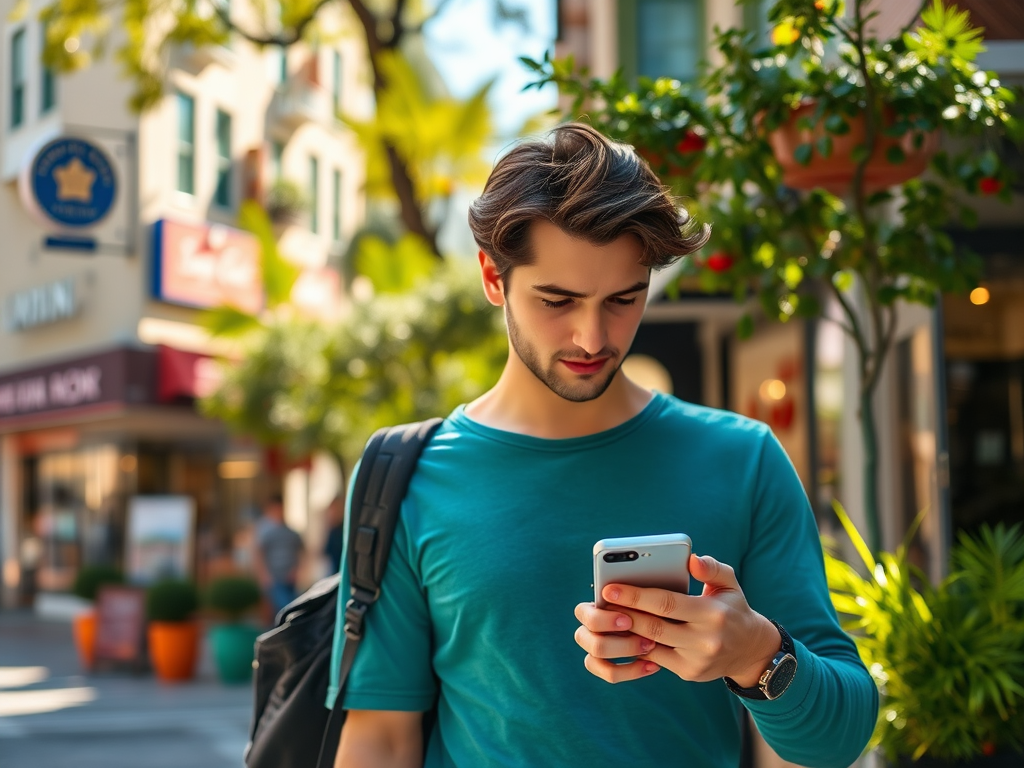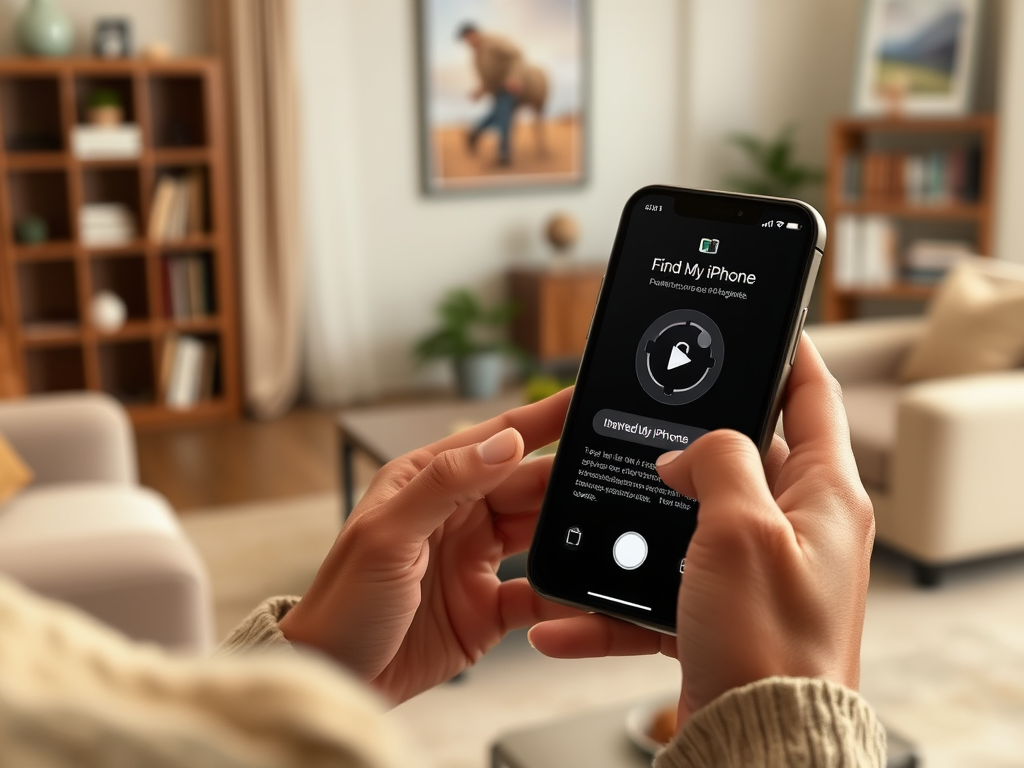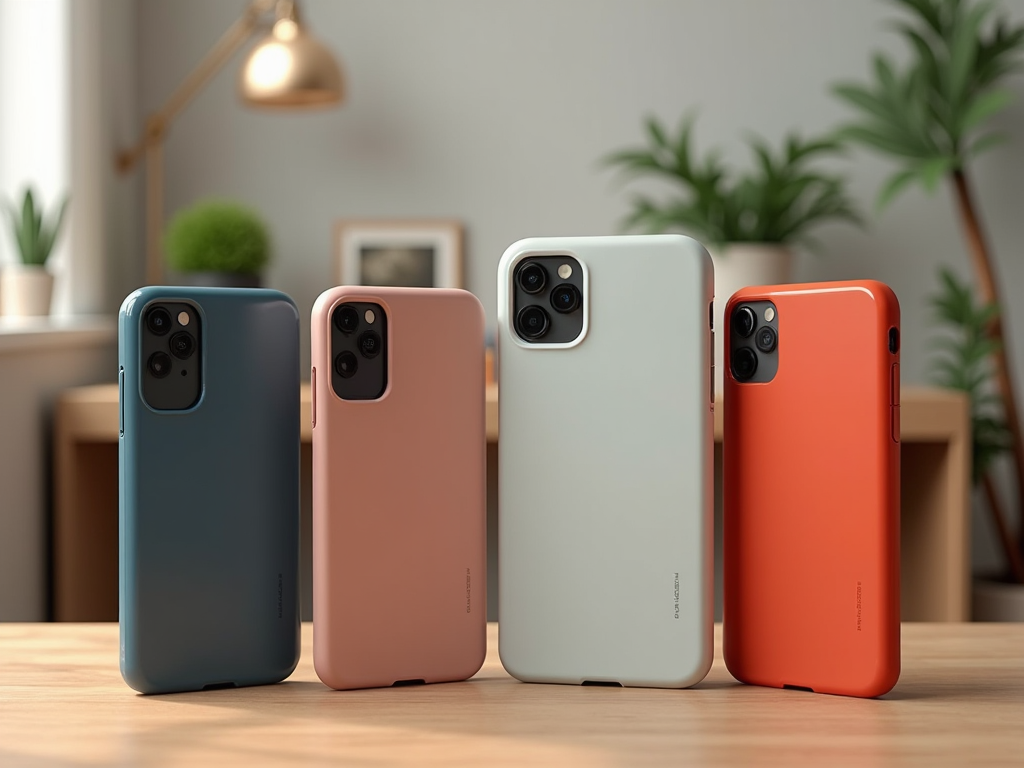In an age where technology reigns supreme, the safety of our digital lives becomes paramount. With every new device release, manufacturers continuously innovate to counteract security threats, particularly focusing on features to protect personal data. Apple has long maintained a reputation for prioritizing user security and privacy. Among its many robust offerings, iOS includes a comprehensive stolen device protection framework designed to ensure that your information remains secure even in unforeseen circumstances. This article delves into the intricacies of these features, highlighting the effective strategies Apple employs and how users can harness these tools to safeguard their devices.
The stolen device protection feature in iOS serves as a testament to Apple’s commitment to user safety. By employing a combination of unique tools and protocols, Apple provides users with a sense of security and a reliable mechanism for recovering lost or stolen devices. Understanding the inner workings of these features is not just beneficial; it’s essential for anyone who wishes to protect their personal data. The heart of this protection lies in two main components: Find My iPhone and Activation Lock. Together, they form a robust defense against potential threats and unauthorized access. Let’s explore these features in detail.
Understanding Stolen Device Protection

The foundation of iOS’s stolen device protection system is built around Find My iPhone and Activation Lock. Activation Lock is automatically turned on when you activate Find My iPhone, creating an additional security layer that prevents anyone else from accessing your device if it’s lost or stolen. This means that even if someone attempts to erase your device and set it up as new, they will not succeed without your Apple ID and password.
Activation Lock serves as a formidable barrier against unauthorized use. If your device is stolen, Activation Lock ensures that it cannot be activated with a different Apple ID. This feature reflects Apple’s user-centric design philosophy, placing the power back into the hands of the rightful owner. By requiring both your Apple ID and password to disable this feature, it significantly increases the chances of protecting personal data. Understanding how to set this up and manage it effectively is crucial.
How Find My iPhone Works

Find My iPhone is a fundamental part of Apple’s security architecture, allowing users to locate their devices effortlessly. The application, which can be accessed online or through another Apple device, offers essential functionalities to help recover lost items. Some of these capabilities include tracking the location of your device, playing sounds to help locate it, or even remotely locking or erasing it if necessary.
To take action quickly, here’s a straightforward guide to utilize Find My iPhone effectively:
- Ensure that your device is linked to your Apple ID and that Find My iPhone is enabled within the Settings app.
- Use another Apple device or log into iCloud.com to access your Apple ID.
- Select the device you wish to locate, lock, or erase.
| Feature | Description |
|---|---|
| Find My iPhone | Allows users to locate, lock, or erase their devices remotely. |
| Activation Lock | Prevents anyone from using your device without your Apple ID and password. |
| Remote Erase | Deletes all data on the device in case recovery is not possible. |
Benefits of iOS Stolen Device Protection
The advantages of Apple’s stolen device protection are extensive and critical for user confidence. One primary benefit is enhanced data protection, allowing users to secure personal information while mitigating the risks posed by potential theft. In a world marked by identity theft and data breaches, having these layers of protection is invaluable.
Moreover, the peace of mind that comes with knowing your device can be tracked or erased provides a crucial sense of safety. Users can feel comfortable knowing that, should a theft occur, sensitive information remains protected. These features work collectively to not only assist in recovering lost devices but also to deter theft, fostering a broader culture of digital security. By leveraging these tools, users can navigate the digital landscape with a greater degree of confidence.
Best Practices for Additional Security
While iOS provides these sophisticated protections, there are additional steps users can take to bolster device security further. A proactive approach to device safety is advisable, especially given the rapid advancement of technology and the evolving nature of threats. Here are some best practices to consider implementing:
- Use Strong Passcodes: Regularly update your device’s passcode with a complex, unique alternative to deter unauthorized access.
- Enable Two-Factor Authentication: Adding this extra layer of security can protect your Apple ID from unauthorized logins.
- Stay Updated: Always keep your device’s software updated to benefit from the latest security enhancements.
Conclusion
Understanding and utilizing the iOS stolen device protection features is fundamental for anyone looking to safeguard their personal information. By making the most of tools like Find My iPhone and Activation Lock, along with adopting additional security practices, users can significantly reduce the risks associated with device theft. In a world where our devices hold volumes of personal data, such measures are not just advisable—they are essential.
Frequently Asked Questions
- What should I do if my iPhone gets stolen?
Immediately use Find My iPhone to locate your device, lock it, and consider reporting it to the police. - Can I disable Activation Lock after my device is stolen?
No, Activation Lock remains enabled until the device is removed from your Apple ID. - What happens to my data if I erase my device remotely?
Erasing your device will delete all data, but it will also remove Activation Lock—so use this feature judiciously. - Is Find My iPhone free to use?
Yes, Find My iPhone is a free feature included with your Apple device as long as it’s linked to your Apple ID. - Can I locate a stolen device if the battery is dead?
Unfortunately, if the device’s battery is dead, it cannot be located until it is powered on again.



